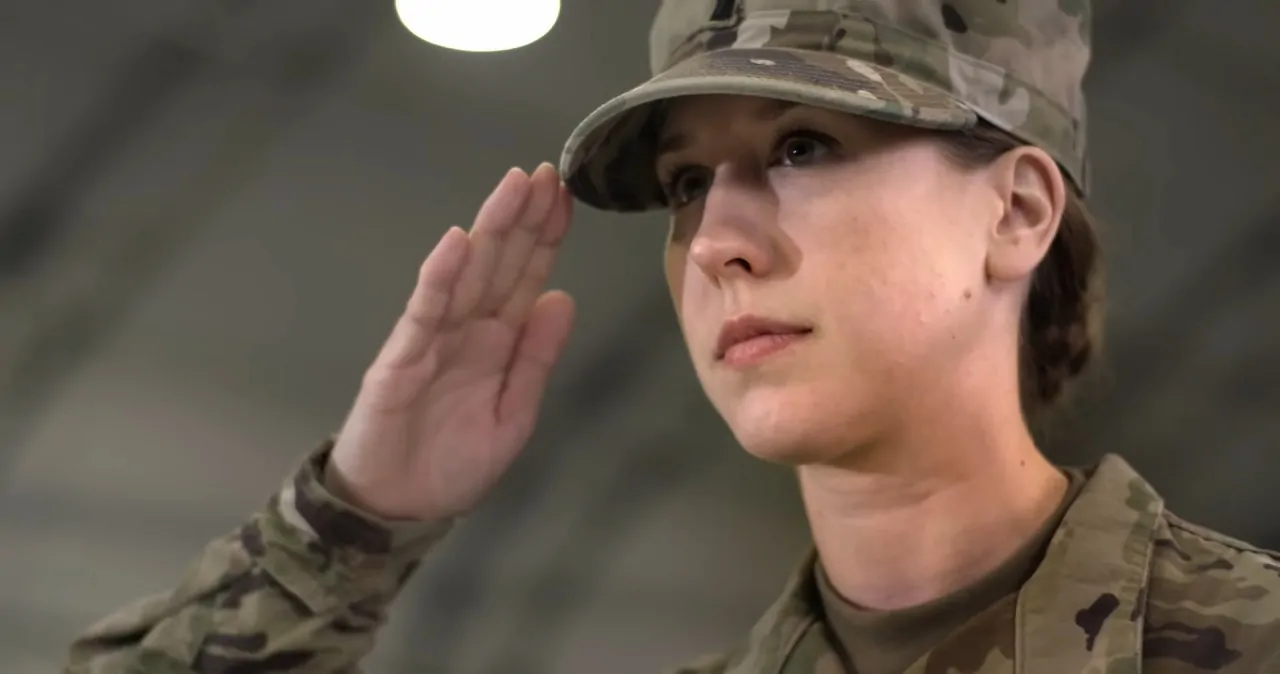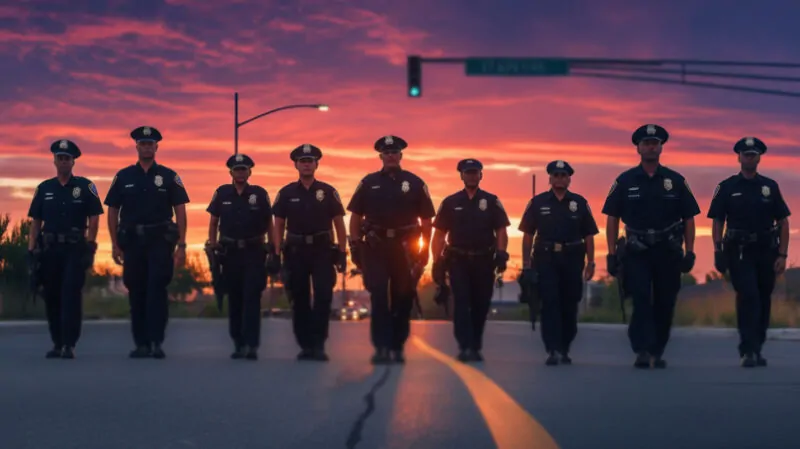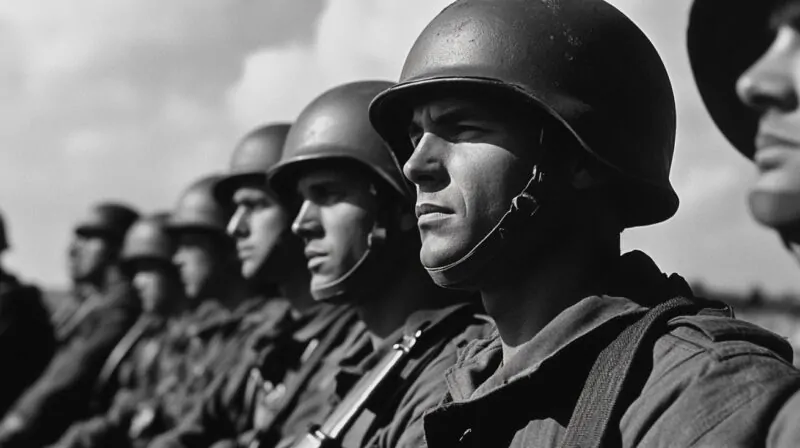Age requirements for women entering the military vary by country and branch, often influenced by societal norms and operational needs.
Being fully aware of the criteria is essential for determining eligibility, whether as enlisted personnel or officers.
Women of all ages, from teenagers to seasoned professionals, can find meaningful roles in the military that suit their skills and aspirations.
Let us talk about women in the military, and how old they should be, in greater detail.
Key Takeaways:
- The minimum age for women to join the army, regardless of the branch, is 17.
- Age limits for women vary by branch, with maximums from 28 (Marine Corps) to 42 (Air Force/Space Force).
- Age waivers allow specialized professionals and veterans to serve beyond standard limits.
- Programs like JROTC and DEP offer early entry options for younger women.
- Eligibility includes meeting citizenship, education, fitness, and ASVAB requirements.
Age Requirements for Women Across Military Branches
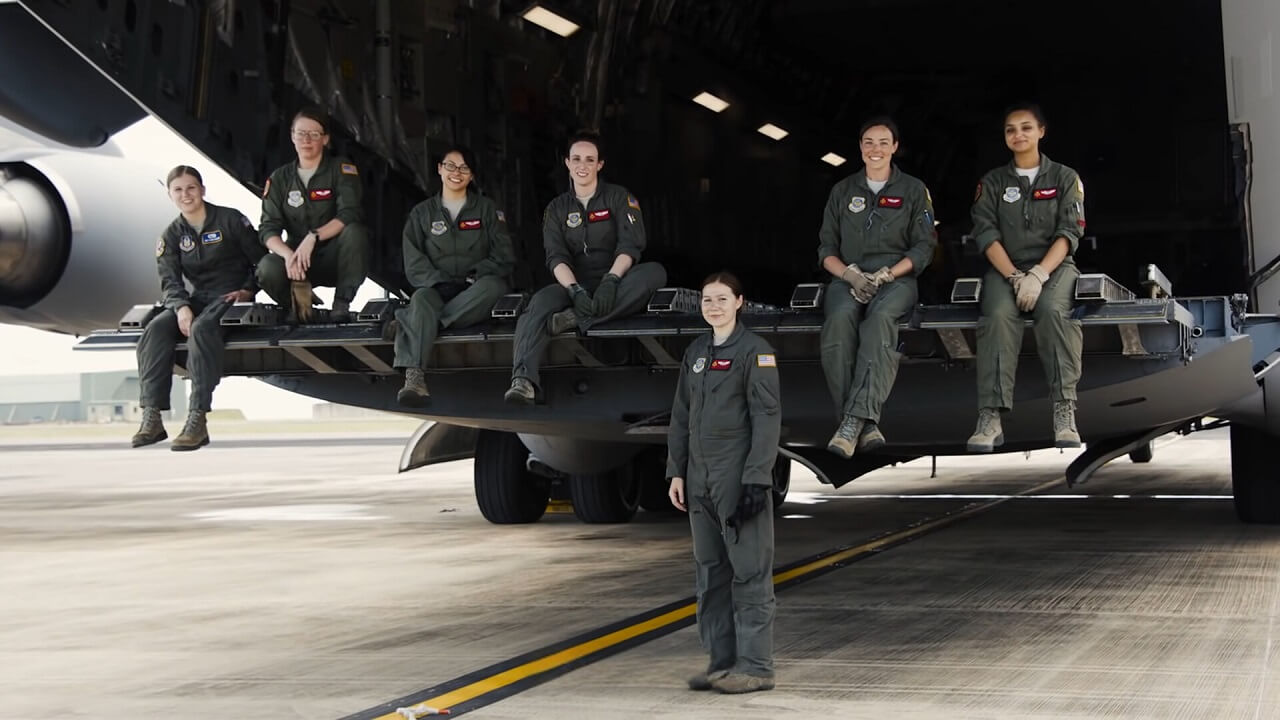
The United States military has clear guidelines for minimum and maximum ages, which vary by branch:
| Military Branch | Minimum Age | Maximum Age (Enlisted) | Maximum Age (Officers) |
|---|---|---|---|
| Army | 17 (with parental consent), 18 (without consent) | 35 | 32 |
| Navy | 17 | 41 | 35 |
| Air Force/Space Force | 17 | 42 | 34 |
| Marine Corps | 17 | 28 | 28 |
| Coast Guard | 17 | 41 | 35 |
According to the US government itself, the Army allows enlistment up to 35 years of age, recognizing the potential of slightly older recruits to meet the physical and mental challenges of the branch.
In contrast, the Marine Corps enforces a stricter age limit of 28 for both enlisted and officer roles.
The Navy and Coast Guard provide some of the broadest age ranges, allowing enlistment up to 41 years old, while the Air Force/Space Force accommodates recruits up to 42.
Age requirements for officers tend to be slightly lower than those for enlisted personnel, emphasizing leadership readiness at earlier stages of life.
However, exceptions and waivers exist for those with prior service or specialized skills, allowing women in the military to serve meaningfully beyond the standard age limits.
Interesting Fact: In 2024, women make up 17.5% of the US military.
Special Exceptions
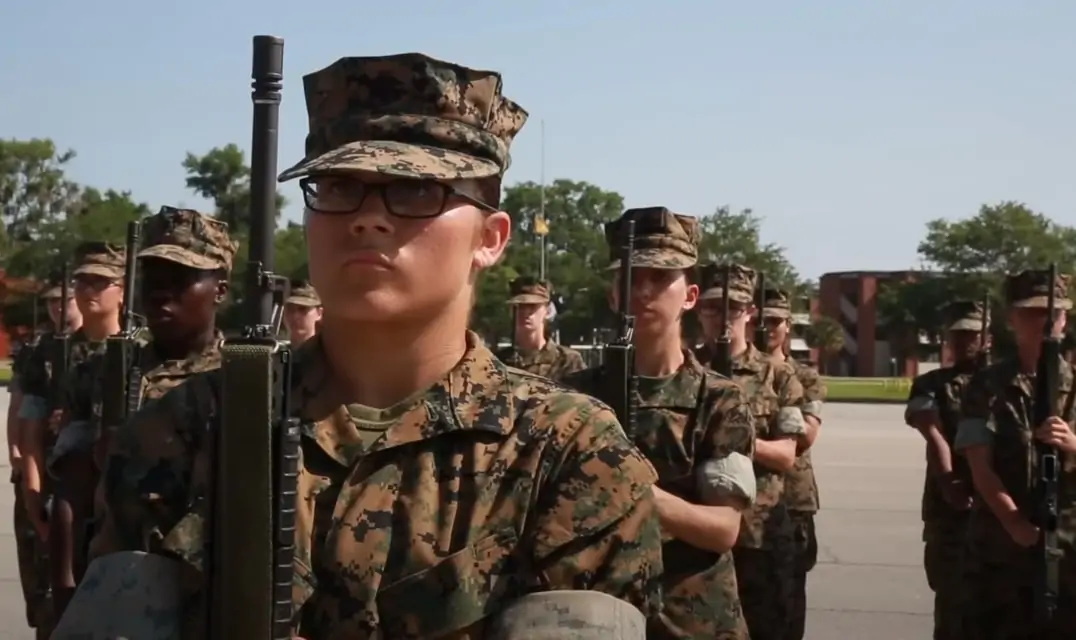
Age waivers are critical to military recruitment policies, allowing branches to fill roles requiring highly specialized skills.
- Medicine
- Law
- Religious services
For example, medical professionals, including doctors and nurses, are frequently granted waivers to address shortages in military healthcare.
Similarly, lawyers, particularly those with expertise in military or international law, are in demand for roles within the Judge Advocate General’s (JAG) Corps.
Chaplains, who provide spiritual support to service members, are another group eligible for age waivers, as general recruits cannot easily replace their expertise.
Previous military experience also plays a significant role in age flexibility.
Veterans seeking to re-enlist or transition into officer roles may qualify for waivers, particularly if they possess critical skills or leadership experience. This policy ensures the military retains valuable institutional knowledge and skills, even from individuals who may no longer meet standard age criteria.
- Experience
- Skills
- Physical fitness
For women in the military, this flexibility broadens the scope of opportunities, enabling them to continue contributing to national defense even as they age.
According to Statista, here is the share of women in different army branches:
| Branch | Women | Men |
|---|---|---|
| Navy | 20.9% | 79.1% |
| Marine Corps | 9.8% | 90.2% |
| Air Force | 23.4% | 76.6% |
| Space Force | 19.0% | 81.0% |
| Total DoD | 19.7% | 80.3% |
Interesting Fact: Since January 2016, all military occupations are opened to women.
Junior Roles
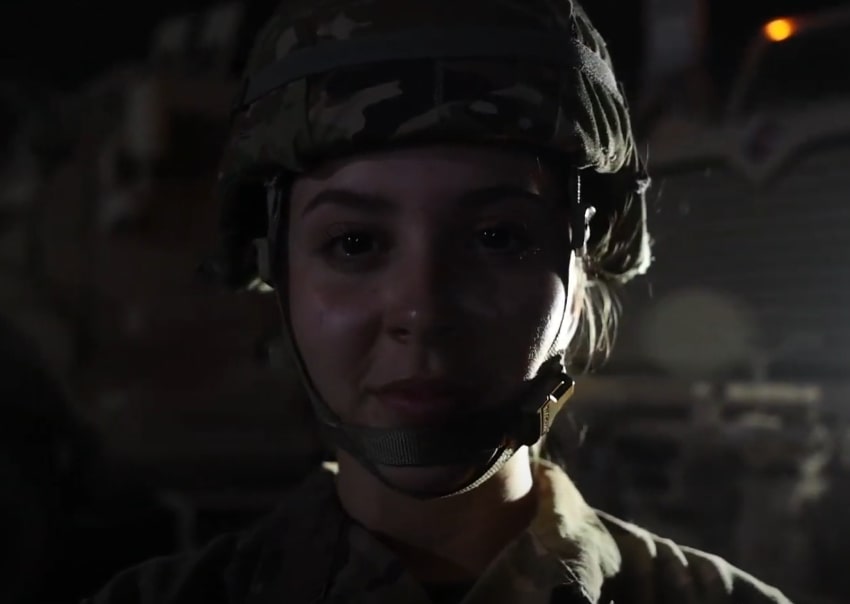
Several programs offer early exposure to military life and training for younger women interested in the military.
- Leadership skills
- Discipline
- Teamwork
These programs often involve physical training, drills, and educational activities designed to introduce participants to military culture.
High school graduates can also take advantage of programs like the U.S. Army’s Delayed Entry Program (DEP).
DEP allows individuals to enlist before graduating high school or completing other prerequisites, ensuring they have a clear path into the military once eligible.
The program often includes preparatory training and mentorship, helping recruits acclimate to the demands of military life.
Some countries offer military preparatory schools or academies where younger candidates receive formal education alongside military training.
These pathways help women in the military establish a strong foundation for military careers, enabling them to enter service with confidence and readiness.
Additional Eligibility Factors
While age is an important consideration for women looking to join the military, it is just one of many criteria that must be met to ensure readiness and suitability for service.
These additional factors ensure that candidates are prepared for the physical, mental, and professional demands of military life.
Citizenship
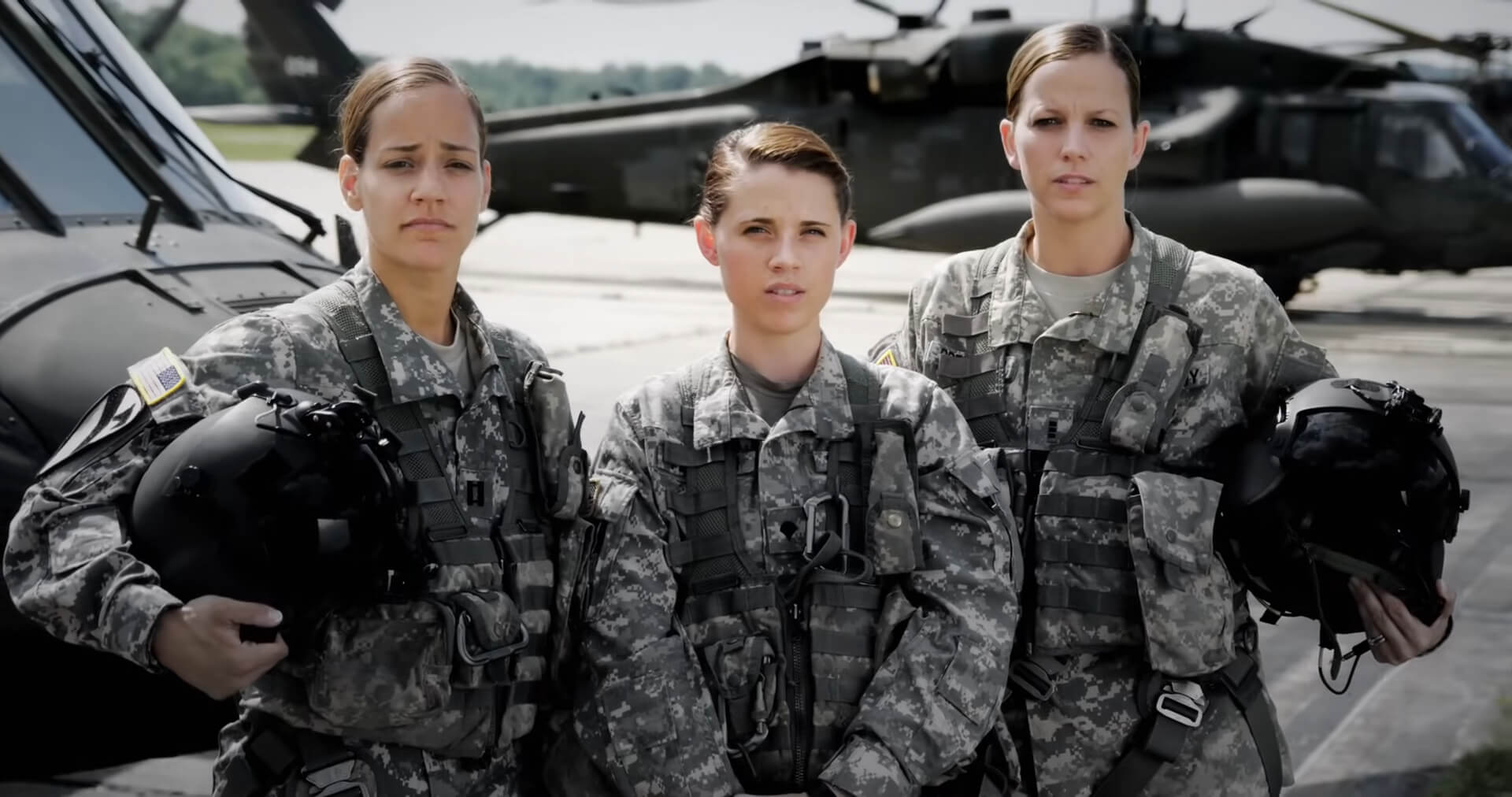
Citizenship plays a key role in military eligibility. Most branches require recruits to be either U.S. citizens or permanent residents (Green Card holders).
The requirement ensures loyalty and compliance with security protocols.
While citizenship is mandatory for some specialized and officer positions, permanent residents may still qualify for many enlisted roles.
Non-citizens should check with recruiters for specific branch policies.
Education
Educational qualifications are another critical requirement.
According to GoArmy, a high school diploma or GED is the minimum standard for most roles, ensuring that recruits have the basic academic foundation needed for training and service.
Certain positions, particularly officer roles or specialized jobs, may require higher education, such as a bachelor’s degree.
Education also affects eligibility for advanced training programs and leadership opportunities.
ASVAB Testing
The Armed Services Vocational Aptitude Battery (ASVAB) is a standardized test used to assess an applicant’s suitability for various military roles. Scoring well on the ASVAB can open doors to specialized career paths, such as technical or intelligence roles.
The test evaluates knowledge in areas such as math, science, mechanical comprehension, and verbal skills, providing a comprehensive profile of a candidate’s strengths.
Medical and Physical Standards
Maintaining high medical and physical standards is crucial for all recruits entering military service.
The demands of military training and operations require individuals who are not only physically capable but also medically fit to handle challenging environments and tasks.
The standards are designed to ensure recruits can safely and effectively perform their duties while minimizing the risk of injury or health complications.
Medical Examination
Every applicant undergoes a comprehensive medical examination as part of the recruitment process.
The assessment checks for underlying health issues, chronic conditions, or injuries that could compromise a recruit’s performance or put their safety at risk during rigorous training and field operations.
Conditions such as respiratory issues, vision or hearing impairments, and cardiovascular problems are carefully evaluated to determine suitability for service.
Special accommodations or waivers may be available for minor conditions, depending on the branch’s policies and the role the applicant is pursuing.
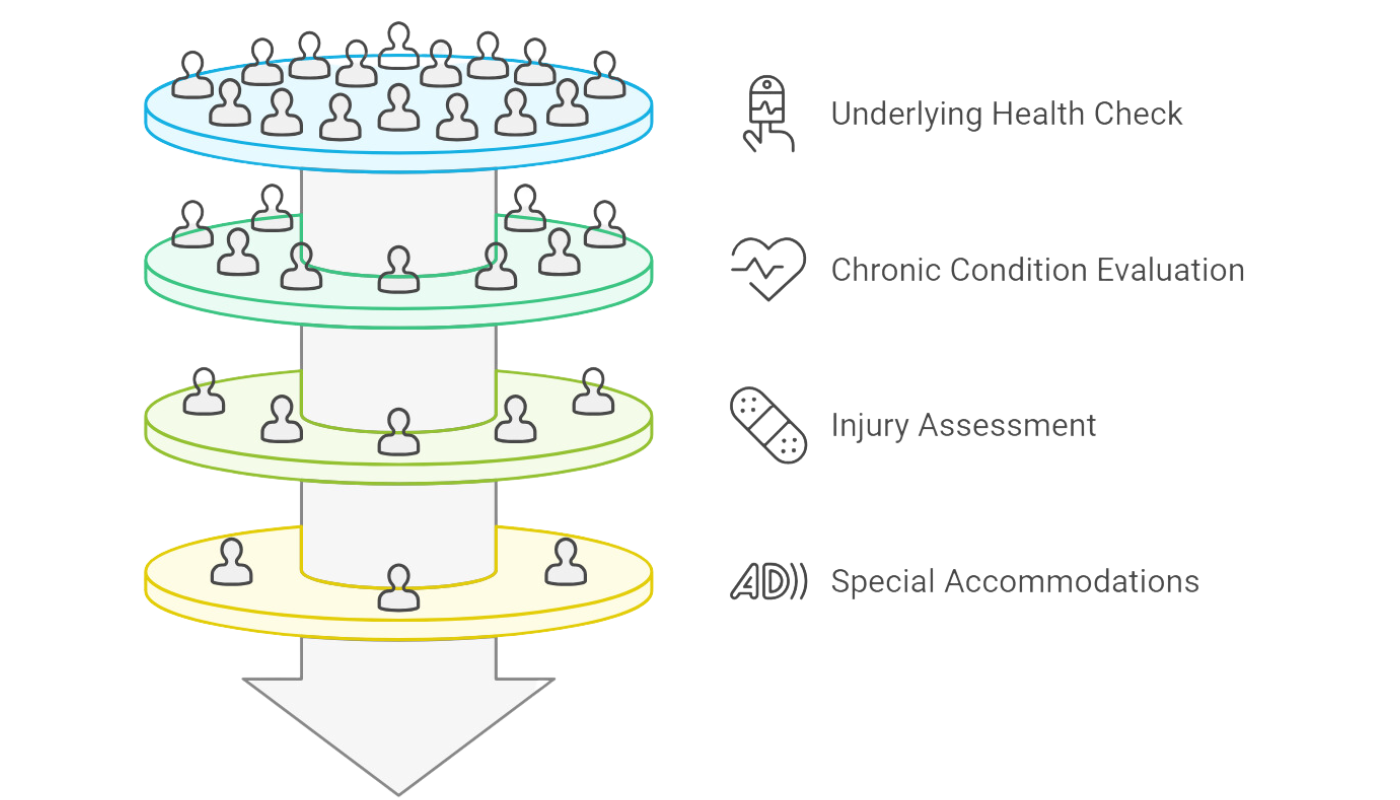
Interesting Fact: Nearly 90% recruits report some symptoms of respiratory ilnesses during the first couple of months of service, according to a report released in 2015.
Physical Fitness Tests
- Endurance
- Strength
- Agility
These tests simulate the physical challenges recruits may encounter in training and combat scenarios.
Activities such as timed runs, push-ups, pull-ups, and obstacle courses are typical components of these assessments, ensuring that recruits meet baseline fitness levels for their assigned duties.
Role-Specific Standards
Fitness requirements often vary depending on the branch of service and the role.
- Heavy lifting
- Rapid movement
- Sustained endurance
On the other hand, non-combat roles may have less stringent standards but still require a solid level of physical fitness to maintain operational readiness.
Interesting Fact: More than 200,000 women participated in the American Civil War through nursing the wounded and growing crops.
FAQs
The Bottom Line
The women in the military have a range of opportunities of various ages, ensuring inclusivity and adaptability to meet diverse skills and life experiences.
While age requirements differ across branches and countries, specialized roles and waivers expand access for those with unique qualifications or prior service.
If you’re considering military service, take the next step to match your skills with the calling.
Sources
- US Government – Requirements to join the U.S. military
- Statista – Distribution of commissioned active duty officers in the United States military in 2022
- National Guard – All military occupations and specialties open to women
- UsArmyJROTC – Army Junior ROTC Program Overview
- Marines – Why the Delayed Entry Program?
- Army.Mil – Army re-establishes accelerated naturalization for Lawful Permanent Residents
- GoArmy – Find Out What It Takes to Serve
- National Library of Medicine – Respiratory tract infections in the military environment
- National Library of Medicine – Differences in Training Adaptations of Endurance Performance during Combined Strength and Endurance Training
- History – Women in the Civil War
Related Posts:
- How the XVIII Airborne Corps Leads the Army’s Quick…
- What Criminal Charges Can Disqualify You from…
- Can You Join the Military with ADHD? What to Know
- Can You Join the Army with Scoliosis? What You Need…
- Joining the Coast Guard Reserve - Requirements and Benefits
- How to Decide What Military Branch to Join

